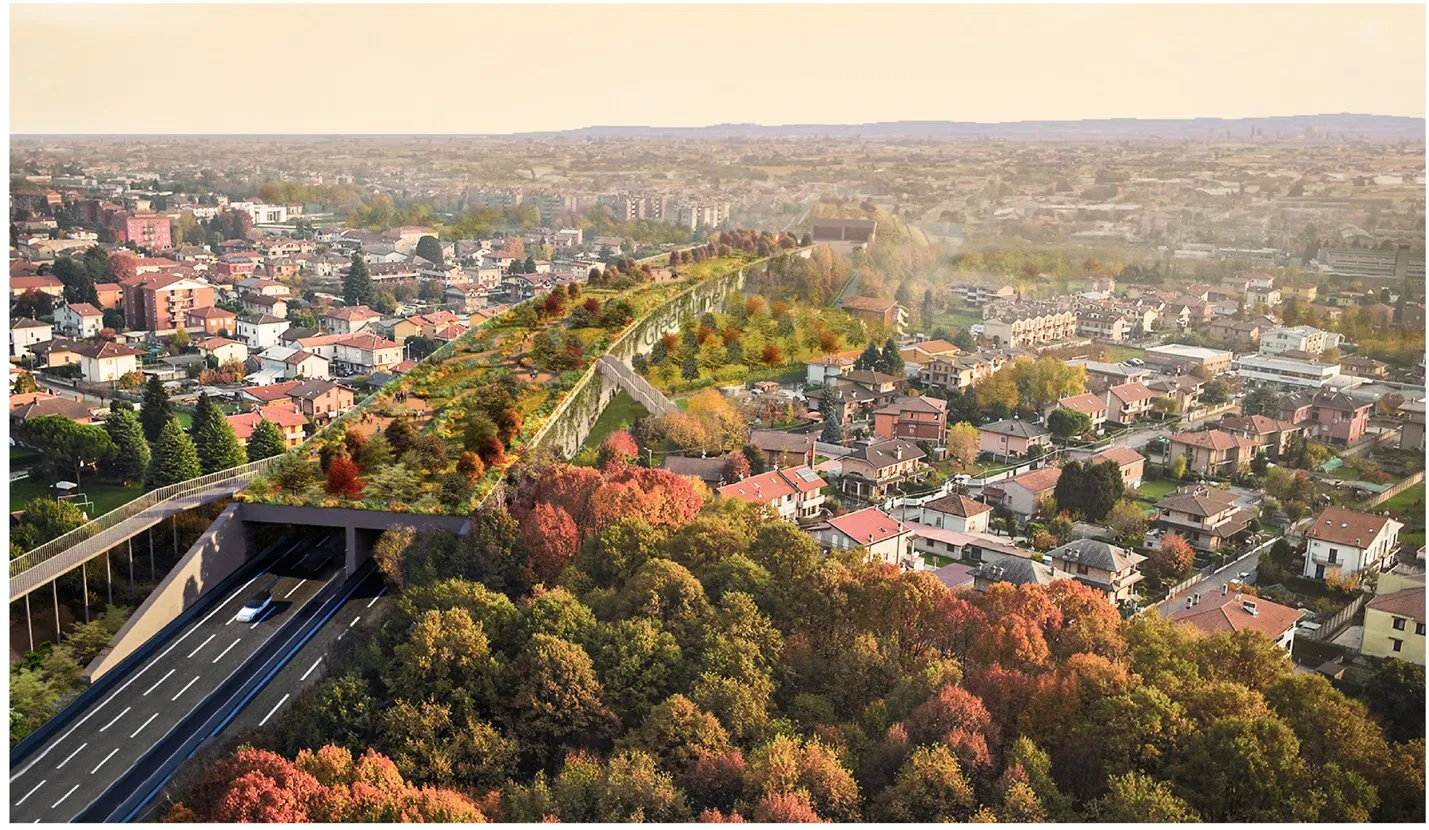The North Carolina Department of Transportation (NCDOT) is to install an advance warning system on the Interstate 277 (I-277) outer loop between Tryon Street and Interstate 77 in Charlotte, North Carolina. This system will detect traffic data such as volume and speed, alerting motorists to backups that frequently occur on the ramp from I-277 outer to I-77 north. The $188,000 project was awarded to Consolidated Power of Mooresville, who will install the detection warning system, consisting of two microwave
October 16, 2012
Read time: 2 mins
The 4775 North Carolina Department of Transportation (NCDOT) is to install an advance warning system on the Interstate 277 (I-277) outer loop between Tryon Street and Interstate 77 in Charlotte, North Carolina.
This system will detect traffic data such as volume and speed, alerting motorists to backups that frequently occur on the ramp from I-277 outer to I-77 north.
The $188,000 project was awarded to Consolidated Power of Mooresville, who will install the detection warning system, consisting of two microwave vehicle detection (MVD) units and two flashing LED beacons. The MVD units will collect traffic data and send it to a processor on site for analysis; the system will then send a message to activate one or both of the flashing beacons.
Once traffic reaches speeds below 20 mph, the first beacon near the I-77 North exit ramp will activate. If traffic continues to back up toward Tryon Street, the second beacon will be activated. The contract also requires additional signage warning motorists of slow or stopped traffic.
NCDOT operates other similar detection systems on NC 58 in Carteret County, on I-26 in Polk and Henderson Counties, and on I-40 in Iredell County.
This system will detect traffic data such as volume and speed, alerting motorists to backups that frequently occur on the ramp from I-277 outer to I-77 north.
The $188,000 project was awarded to Consolidated Power of Mooresville, who will install the detection warning system, consisting of two microwave vehicle detection (MVD) units and two flashing LED beacons. The MVD units will collect traffic data and send it to a processor on site for analysis; the system will then send a message to activate one or both of the flashing beacons.
Once traffic reaches speeds below 20 mph, the first beacon near the I-77 North exit ramp will activate. If traffic continues to back up toward Tryon Street, the second beacon will be activated. The contract also requires additional signage warning motorists of slow or stopped traffic.
NCDOT operates other similar detection systems on NC 58 in Carteret County, on I-26 in Polk and Henderson Counties, and on I-40 in Iredell County.










